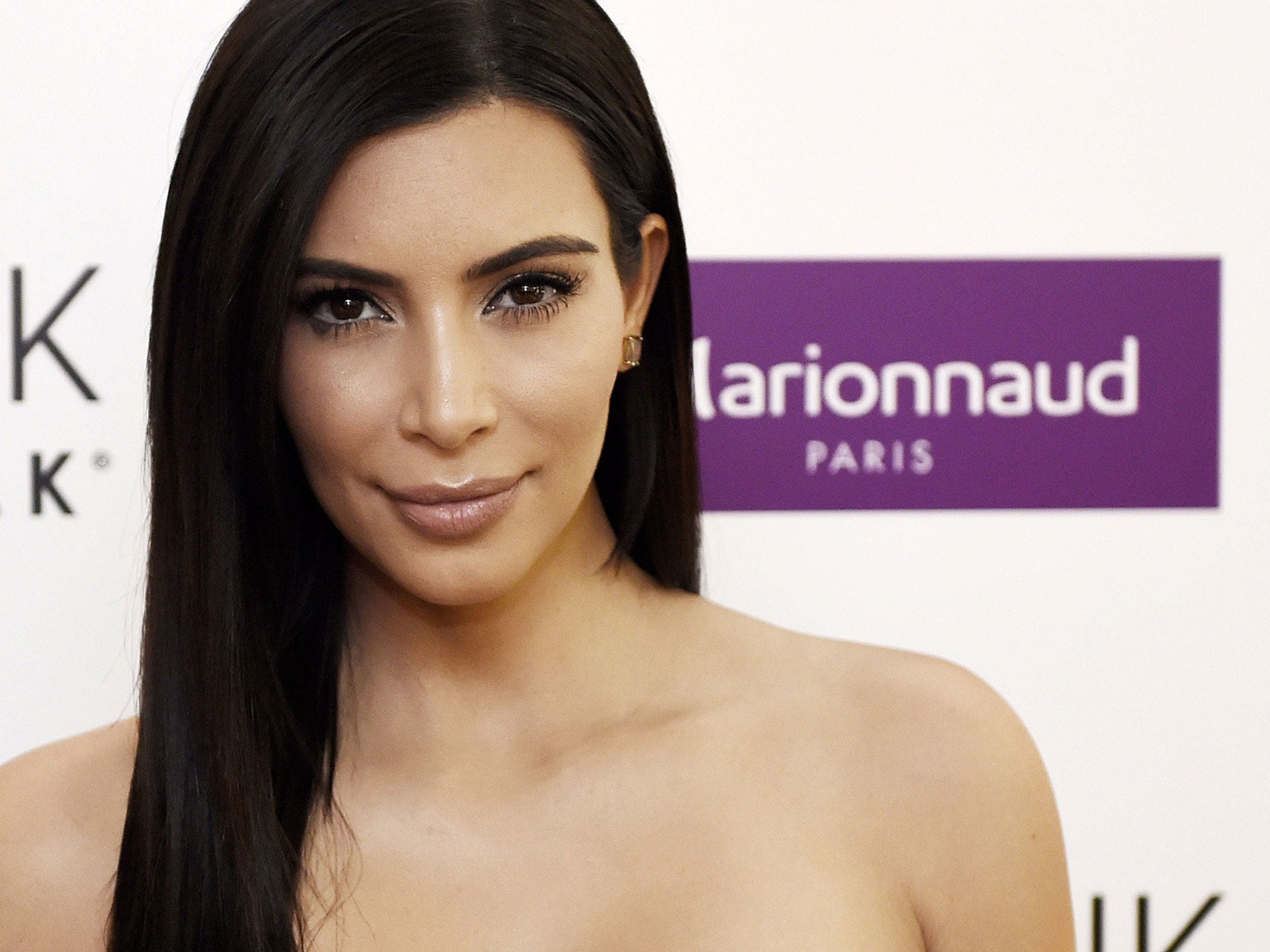Kim Kardashian plans to eat her placenta after birth of Saint - but is it beneficial?
It is claimed that eating the placenta can reduce postpartum depression

Your support helps us to tell the story
From reproductive rights to climate change to Big Tech, The Independent is on the ground when the story is developing. Whether it's investigating the financials of Elon Musk's pro-Trump PAC or producing our latest documentary, 'The A Word', which shines a light on the American women fighting for reproductive rights, we know how important it is to parse out the facts from the messaging.
At such a critical moment in US history, we need reporters on the ground. Your donation allows us to keep sending journalists to speak to both sides of the story.
The Independent is trusted by Americans across the entire political spectrum. And unlike many other quality news outlets, we choose not to lock Americans out of our reporting and analysis with paywalls. We believe quality journalism should be available to everyone, paid for by those who can afford it.
Your support makes all the difference.Kim Kardashian has reawakened the debate over whether women should eat their placenta, by revealing that she plans to consume hers following the birth of her second child.
The placenta is an organ attached to the lining of a mother’s womb which enables the umbilical cord to supply the baby with oxygen and nutrients.
The 35-year-old wrote on her app that she will be eating her placenta because she believes it will reduce the risk of developing postpartum depression.
While some mothers cook their placentas, the reality TV personality plans to eat hers in pill-form. Alongside her message on the app, she shared a photo of a jar of capsules labelled: “Kim: Your amazing placenta.”
But how beneficial is eating the placenta, and how is the organ prepared?
How is the organ prepared?

The possibilities are almost endless, as the placenta can be eaten raw or cooked. Smoothie, lasanga, chili and truffle recipes currently dot the internet.
Those who are a little more squeamish can have their placenta made into pills. However, the European Food Safety Authority recently classified human placenta products, including pills, as a “novel food”. This means that any busines in the EU wishing to make placenta-based products must obtain approval from the Food Standards Agency or an equivalent body.
Are there any proven benefits?
A recent paper on placentophagy – the act of mammals eating the organ after birth – showed that there are no benefits to the practice in humans or animals.
Researchers made the conclusion after reviewing 10 published studies, casting aside claims that the act can prevent postpartum depression, reduce post-delivery pain, boost energy, helps with lactation, promote skin elasticity, enhances maternal bonding or replenishes iron in the body
However, Louise Silverton, Director for Midwifery at the Royal College of Midwives said that while midwives do not advise women to eat their placenta, a woman should be able to choose to do so.
She added: "Women should be aware that like any foodstuff, placentas can go off, so care will be needed about how they are stored.
"If a woman is intending to do this they should discuss it with their midwife ahead of the birth so that arrangements can be made to ensure she gets her placenta," she said.
Join our commenting forum
Join thought-provoking conversations, follow other Independent readers and see their replies
Comments